I want to merge/concatenate rows if those rows have a duplicate values in one column. The merge step applies to more than one columns. In de table below I show an example of the problem:
+-----+--------+--------+--------+--------+--------+----------+
| | A | B | C | D | E | F |
+-----+--------+--------+--------+--------+--------+----------+
| Dog | | | param1 | | | |
+-----+--------+--------+--------+--------+--------+----------+
| Dog | param2 | | | | | |
+-----+--------+--------+--------+--------+--------+----------+
| Dog | | | | | | |
+-----+--------+--------+--------+--------+--------+----------+
| Dog | | | | | | param3 |
+-----+--------+--------+--------+--------+--------+----------+
| Cat | | param5 | | | | |
+-----+--------+--------+--------+--------+--------+----------+
| Cat | | | | param6 | | |
+-----+--------+--------+--------+--------+--------+----------+
I have about 4000 unique row values and about 30 columns. The duplicate row values are ranging from n=1 to n=10.
My preferred table:
+-----+--------+--------+--------+--------+--------+----------+
| | A | B | C | D | E | F |
+-----+--------+--------+--------+--------+--------+----------+
| Dog | param2 | | param1 | | | param3 |
+-----+--------+--------+--------+--------+--------+----------+
| Cat | | param5 | | param6 | | |
+-----+--------+--------+--------+--------+--------+----------+
Can this be done in Excel with some magic or do I need advanced stuff like python for this? I have tried multiple formula's with CONCATINATE but to no success.
Thank you in advance

